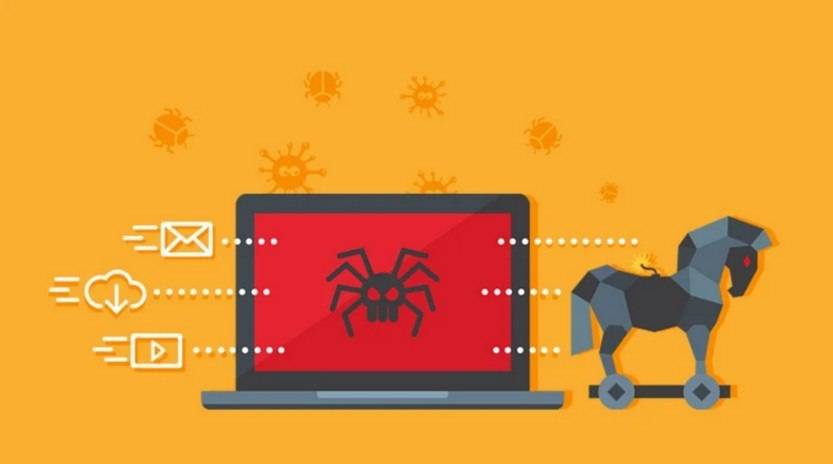With the rise of digital communication, email has become an essential tool for businesses and individuals alike. However, this convenience comes with its fair share of risks. Cybercriminals are constantly finding new ways to exploit email systems and trick unsuspecting users into falling for their scams. One such scam that has been on the rise is the fake Office 365 voicemail email.

What is a Fake Office 365 Voicemail Email?
A fake Office 365 voicemail email is an email that appears to be a notification from Microsoft’s Office 365 platform, informing the recipient that they have received a voicemail. The email typically includes a link or an attachment that the recipient is instructed to click or download in order to listen to the voicemail.
These emails are designed to look legitimate, often using official Microsoft logos and branding. They may also include convincing language and urgent calls to action to create a sense of urgency and prompt the recipient to take immediate action.
How Does the Scam Work?
The scam works by exploiting the recipient’s curiosity and trust in the Office 365 platform. When the recipient clicks on the link or downloads the attachment, they are directed to a malicious website or prompted to install malware onto their device.
Once the malware is installed, it can give cybercriminals access to the recipient’s sensitive information, such as login credentials, financial data, or personal details. This information can then be used for various malicious purposes, including identity theft, financial fraud, or further phishing attempts.
What to Do If You Have Fallen Victim
If you have fallen victim to a fake Office 365 voicemail email scam, it is important to take immediate action to minimize the potential damage:
- Disconnect from the internet: If you suspect that your device has been compromised, disconnect from the internet to prevent further communication between the malware and the cybercriminals.
- Scan for viruses and malware: Run a thorough scan of your device using reliable antivirus software, such as Malwarebytes Free, to detect and remove any malicious software.
- Change your passwords: Change the passwords for all your online accounts, especially those associated with sensitive information, such as banking or email accounts.
- Monitor your accounts: Keep a close eye on your financial accounts and credit reports to detect any unauthorized activity or signs of identity theft.
- Report the incident: Report the scam to your email provider, as well as to your local law enforcement agency. This can help in tracking down the cybercriminals and preventing future scams.
Technical Details of the Scam
The fake Office 365 voicemail email scam relies on various techniques to deceive recipients and bypass security measures. Some of the technical details of the scam include:
- Email spoofing: The scammer spoofs the email address to make it appear as if the email is coming from a legitimate Office 365 account.
- Malicious attachments: The email may contain attachments, such as .zip files or .exe files, which, when opened, install malware onto the recipient’s device.
- Phishing links: The email may include links that direct the recipient to a fake login page, where their credentials are captured by the scammer.
- Social engineering: The email often uses urgent language and creates a sense of urgency to prompt the recipient to take immediate action without thinking twice.
Statistics on Office 365 Email Scams
Office 365 email scams, including fake voicemail emails, have become increasingly prevalent in recent years. Here are some statistics that highlight the scale of the problem:
- In 2020, Microsoft reported that phishing attempts targeting Office 365 users increased by 250%.
- A study conducted by Barracuda Networks found that 1 in 3 organizations experienced a successful Office 365 phishing attack in 2020.
- According to the FBI’s Internet Crime Complaint Center (IC3), business email compromise (BEC) scams, which often involve Office 365 email accounts, resulted in losses of over $1.8 billion in 2020.
Summary
Fake Office 365 voicemail emails are a growing threat that can lead to significant financial and personal losses. It is crucial to remain vigilant and cautious when dealing with emails, especially those that claim to be from trusted sources like Microsoft’s Office 365 platform.
If you receive a suspicious email, always double-check its legitimacy before clicking on any links or downloading any attachments. Remember to follow the necessary steps if you have fallen victim to a scam, such as disconnecting from the internet, scanning for viruses and malware, changing passwords, monitoring accounts, and reporting the incident.
By staying informed and taking proactive measures to protect yourself, you can minimize the risk of falling victim to fake Office 365 voicemail email scams and other email-based cyber threats.










